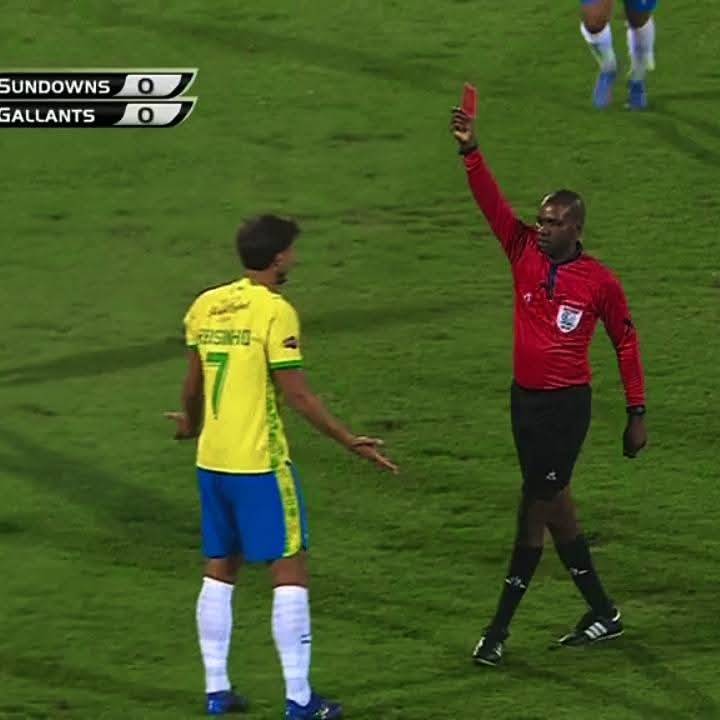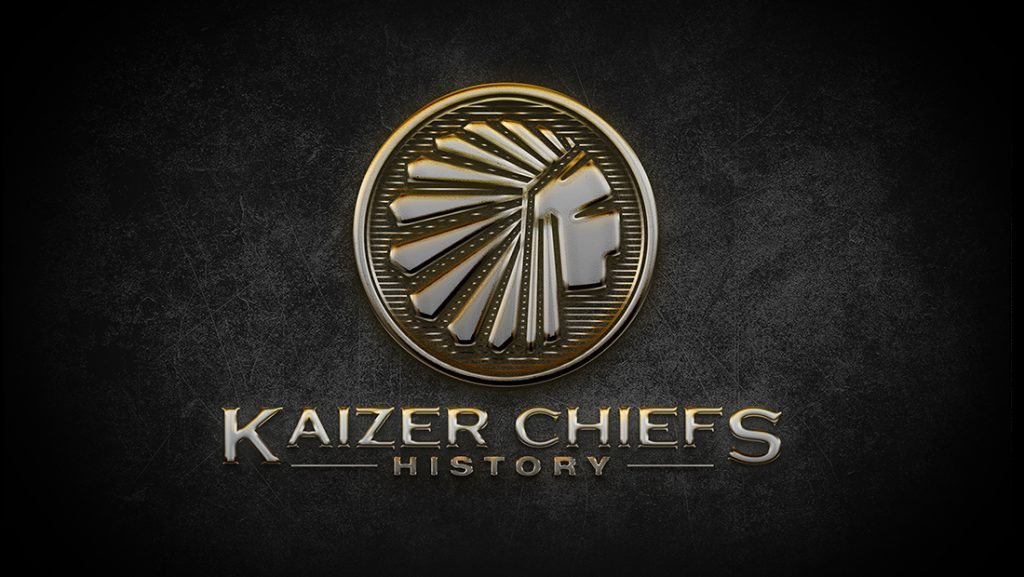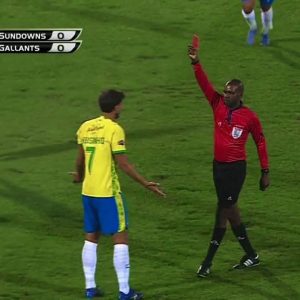- . Name: Kaizer Chiefs Football Club
- . Founding Date: 7 January 1970
- . Owner/Chairman: Kaizer Motaung
- . Nicknames: Amakhosi (“Lords” or “Chiefs”), Glamour Boys
- . Slogan: “Love and Peace”
- . Home Ground: FNB Stadium, Johannesburg (Capacity ~94,000)
- . Achievements – Trophies & Titles (44 Major Honours) ⚽ League Titles (9):
- NSL: 1974, 1977, 1979, 1981, 1984PSL: 2003–04, 2004–05, 2012–13, 2014–15
- Telkom Knockout/Coca-Cola Cup: 13Nedbank Cup/FA Cup: 13MTN 8 (SAA Supa 8): 4Charity/Shell Cup: 6Carling Black Label Cup: 7
- CAF Cup Winners’ Cup: 2000
- CAF Super Cup: 2001
- . Sponsors:
- Current Major Sponsors: Vodacom, Toyota
- Kit Manufacturer: Kappa (previously Reebok, Nike)
- Previous Major Sponsors: Iwisa Maize Meal
- . Famous Players:
- Patrick “Ace” Ntsoelengoe – A global-class legend of the ’70s and ’80s
- Doctor Khumalo – Midfield maestro and icon of the ’90s
- Lucas Radebe – Chiefs defender turned Leeds United & Bafana captain
- Jabu “Pule” Mahlangu – Controversial but extremely talented star of the 2000s
- Itumeleng Khune – Long-time goalkeeper and local hero
I. Origins and Founding (1969–1971)
Kaizer Chiefs was born not out of convenience, but out of crisis, exile, and vision. In late 1969, Kaizer Motaung, fresh from his professional stint with the Atlanta Chiefs in the United States, returned home to find his old club, Orlando Pirates, in deep turmoil. Key figures like Ewert “The Lip” Nene, Ratha Mokgoatlheng, Msomi Khoza, and Zero Johnson were expelled from Pirates amidst bitter internal disputes.
Motaung tried to reunite the factions. He failed. Instead, together with the expelled players, they launched a breakaway team called Kaizer XI, an invitational side packed with flamboyant talent: Patrick “Ace” Ntsoelengoe, Jackie Masike, Alfred “Bomber” Chamane, and Vincent Julius, among others. They played attractive, attacking football across the country and gained a massive following in a matter of months. The demand from supporters was simple: “Formalize this team. Give us something to believe in.”
Thus, on 7 January 1970, Kaizer Chiefs Football Club was officially born. It wasn’t just a club. It was a movement. A glamorous, black-led, professionally run alternative in a country ruled by oppression. A club that dared to dream of excellence during apartheid.
The club’s founding wasn’t a one-man job. Though Motaung gave the club its name, players, fans, and administrators built it together. China Ngema, a salesman with a flair for marketing, registered the club’s first 19 supporters. A passionate successful entrepreneur, he even named his own bakery, Chiefs Bakery. He came up with bold, attention-grabbing recruitment tactics for the club—like placing a pie truck outside match venues with scantily clad women selling both pies and season tickets. That tactic worked. Chiefs would grow to have millions of fans, the most of any club in Africa.
Other architects of the Amakhosi dream included Ewert Nene, Gilbert Sekgabi, Clarence Mlokoti, Simon Shezi, and Ariel “Pro” Kgongoane. Chiefs’ badge, colors, and ethos were also carefully chosen. The Native American profile in their logo came directly from Motaung’s time at Atlanta Chiefs, which itself borrowed from U.S. baseball imagery. Gold, representing Johannesburg and wealth; Black, representing pride and power. Their slogan? Love and Peace—a bold message to counter the violence that was associated with Orlando Pirates during that time.
II. Rise of the Glamour Boys (1972–1984)
In the early 1970s, Chiefs hit the ground running. Denied league entry at first, they toured South Africa, playing friendlies and building their fanbase, one township at a time. By 1971, they entered official league competition—and immediately started changing the game.
1974 saw their first league title. The team’s style was electric—dribblers, playmakers, entertainers. Ace Ntsoelengoe, one of the greatest players South Africa ever produced, became a symbol of the club’s artistry. Chiefs weren’t just winning—they were redefining what it meant to be glamorous in African football.
Their trophy cabinet filled quickly: league titles in 1974, 1977, 1979, 1981, 1984, and countless cups. In just over a decade, Chiefs had become a dynasty. Every township boy wanted to wear the gold and black. Chiefs’ matches turned into festivals, full of music, flair, and joy.
Yet tragedy struck during this period. Ewert Nene, the charismatic administrator and right-hand man to Motaung, was brutally murdered in a player transfer dispute. It was one of the darkest moments in South African football history. Another player who was with Nene at the time, Malombo Lichaba, barely escaped death by outrunning attackers by sprinting 100 meters to safety. These moments underscored the high-stakes world Chiefs operated in—a world where football, politics, and survival were intertwined.
Still, the machine marched on. Chiefs became a symbol of pride in an oppressive state, a defiant celebration of black excellence.
III. Professionalization and Commercial Revolution (1985–1999)
By the mid-1980s, Kaizer Chiefs transformed from a football club into a brand.
Motaung was no ordinary club owner. He had a vision to professionalize Chiefs along international lines. He introduced corporate structures, hired marketing departments, secured sponsorships with Reebok, Vodacom, and Toyota, and started selling Kaizer Chiefs-branded merchandise. It worked. Chiefs became the most financially successful football club in South Africa.
In an era when most clubs still paid players informally, Chiefs signed stars to formal professional contracts with salaries, medical benefits, and bonuses. They set the standard, and others followed.
Chiefs supporters, now in the millions, became part of the club’s decision-making. Membership programs allowed fans to vote, attend meetings, and feel part of the journey. The club was democratic in spirit and glamorous in appearance.
On the field, Chiefs continued to collect trophies. Players like Doctor Khumalo, Marks Maponyane, and Fani Madida dazzled crowds. Their style was intelligent and expressive, their attitude confident, their trophy count growing.
IV. African Adventures
The new millennium brought two important developments:
First, Chiefs intensified their push for continental recognition. In 2001, they won the CAF Cup Winners’ Cup, their first African title. The following year, they added the CAF Super Cup, defeating giants Al Ahly of Egypt. But in 2014, Kaizer Chiefs decided to boycot the CAF Champions League, citing that the prize money was not worth the effort.
The Kaizer Chiefs Village
In 2002, Kaizer Chiefs opened the Kaizer Chiefs Village in Naturena. It is not just a training ground. It houses the headquarters, a museum, a merchandising hub, and a fan zone—a model for African football administration.
Chiefs also continued their domestic dominance:
- PSL champions in 2003–04 and 2004–05
- Cup successes in the Nedbank, Telkom Knockout, and MTN 8
This era was defined by players like Siphiwe Tshabalala, Tinashe Nengomasha, Jabu Pule (Mahlangu), and goalkeeper Itumeleng Khune, a product of the club’s renowned Youth Academy.
By 2013, Chiefs had won 44 major trophies, the most of any club in South Africa.
V. The Trophy Drought and Struggles of Modernity (2014–Present)
2013 marked Chiefs’ last major trophy—a league and cup double. Since then, the club has endured its longest title drought.
Despite near misses—including a second-place league finish in 2020, which they led most of the season—Chiefs failed to close the deal. Off-the-field issues, coaching instability, and a string of transfer bans hampered progress.
In 2021, Chiefs reached the CAF Champions League Final for the first time. Their journey ended in a 3–0 loss to Al Ahly. Still, it was a proud moment. The club proved it could compete continentally.
Supporters—the Amakhosi Nation—remain loyal but frustrated. Chiefs fans are known for their passion, but also for being vocal when standards drop. They pack out the FNB Stadium, still the home of South African football. Their songs, dances, and iconic gold and black attire remain the heartbeat of matchday.
Off the pitch, Chiefs remain a business powerhouse:
- Their merchandise empire sells nationwide
- Media content, fan shows, and digital platforms keep them connected
- Their youth academy continues producing stars
- They’ve even entered eSports, reaching younger audiences
Legacy: More Than a Club
Kaizer Chiefs is not just a football team. It is:
- A social movement, born during apartheid to give pride to black South Africans
- A cultural institution, influencing fashion, music, language, and identity
- A business empire, built by a visionary, Dr. Kaizer Motaung
- A school of excellence, producing great players and leaders
- A family, with millions of fans across Afric


















